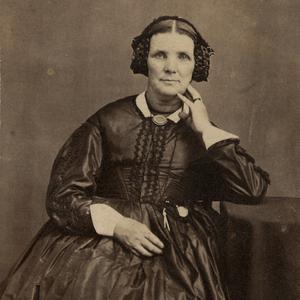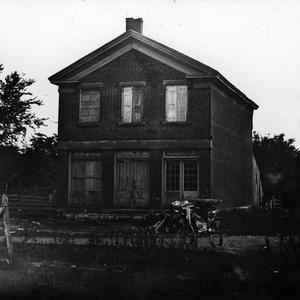
Joseph Smith’s Red Brick Store
Photograph taken or obtained by Brigham H. Roberts. (Church History Library, Salt Lake City.)
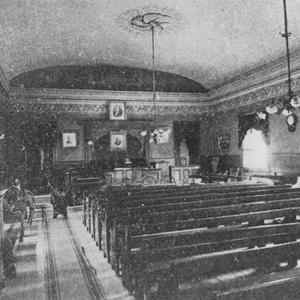
Fourteenth Ward Assembly Hall
Photograph by C. E. Johnson. (Courtesy Utah State Historical Society, Salt Lake City.)
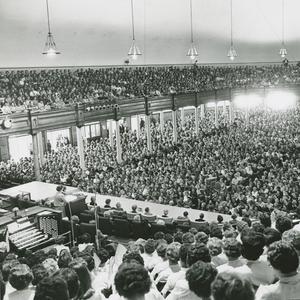
Salt Lake Tabernacle
Photograph by Ross Welser. (Church History Library, Salt Lake City.)
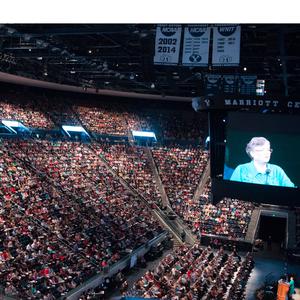
Brigham Young University Marriott Center
Photograph by Maddi Driggs. (Courtesy Daily Universe [Provo, UT].)
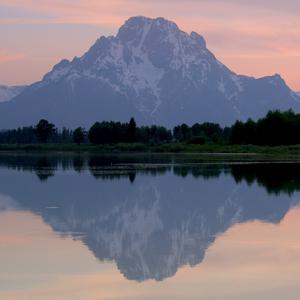
Teton Mountains, Wyoming
Photograph by John W. Barrott. (Used with permission.)
